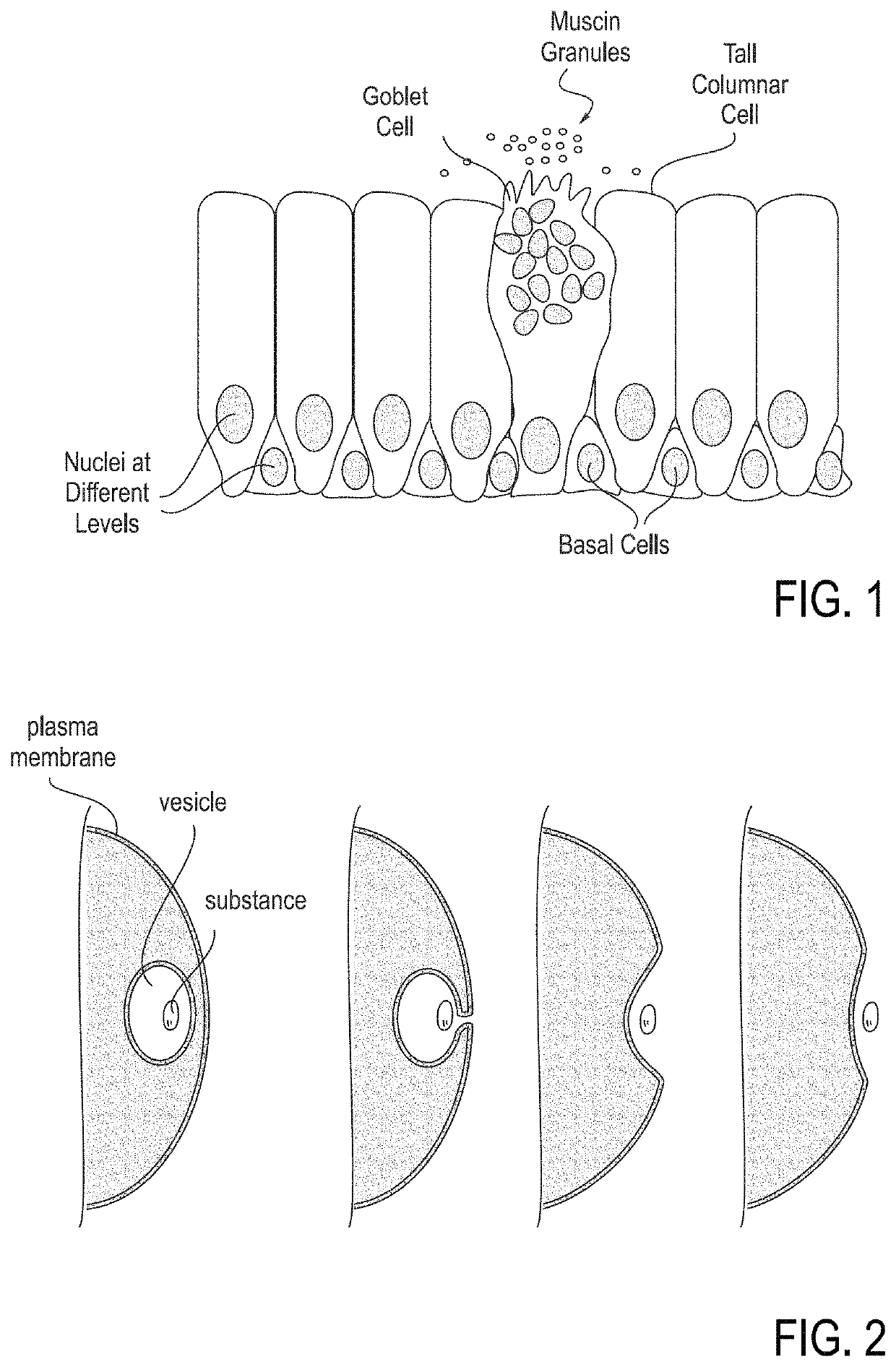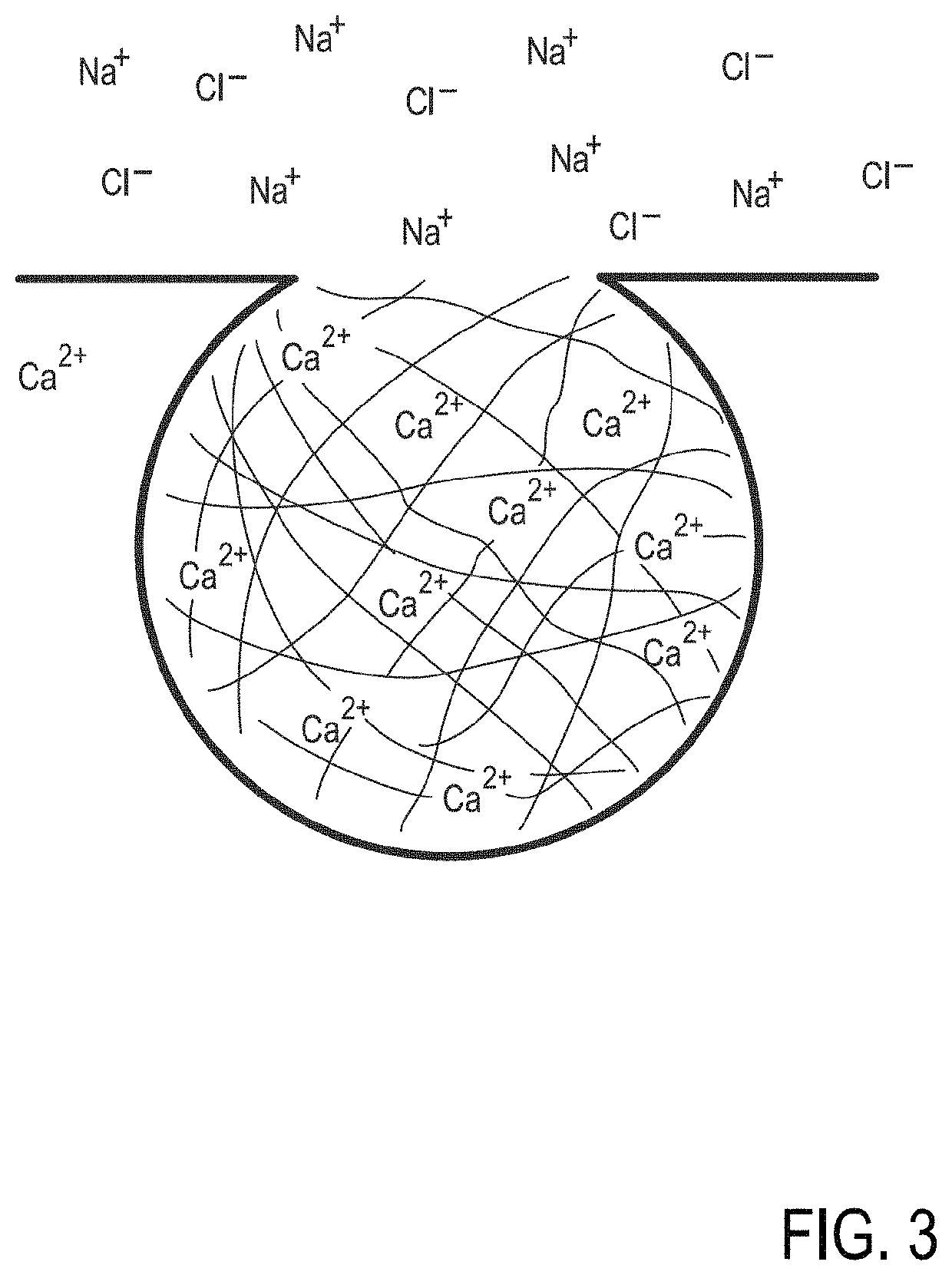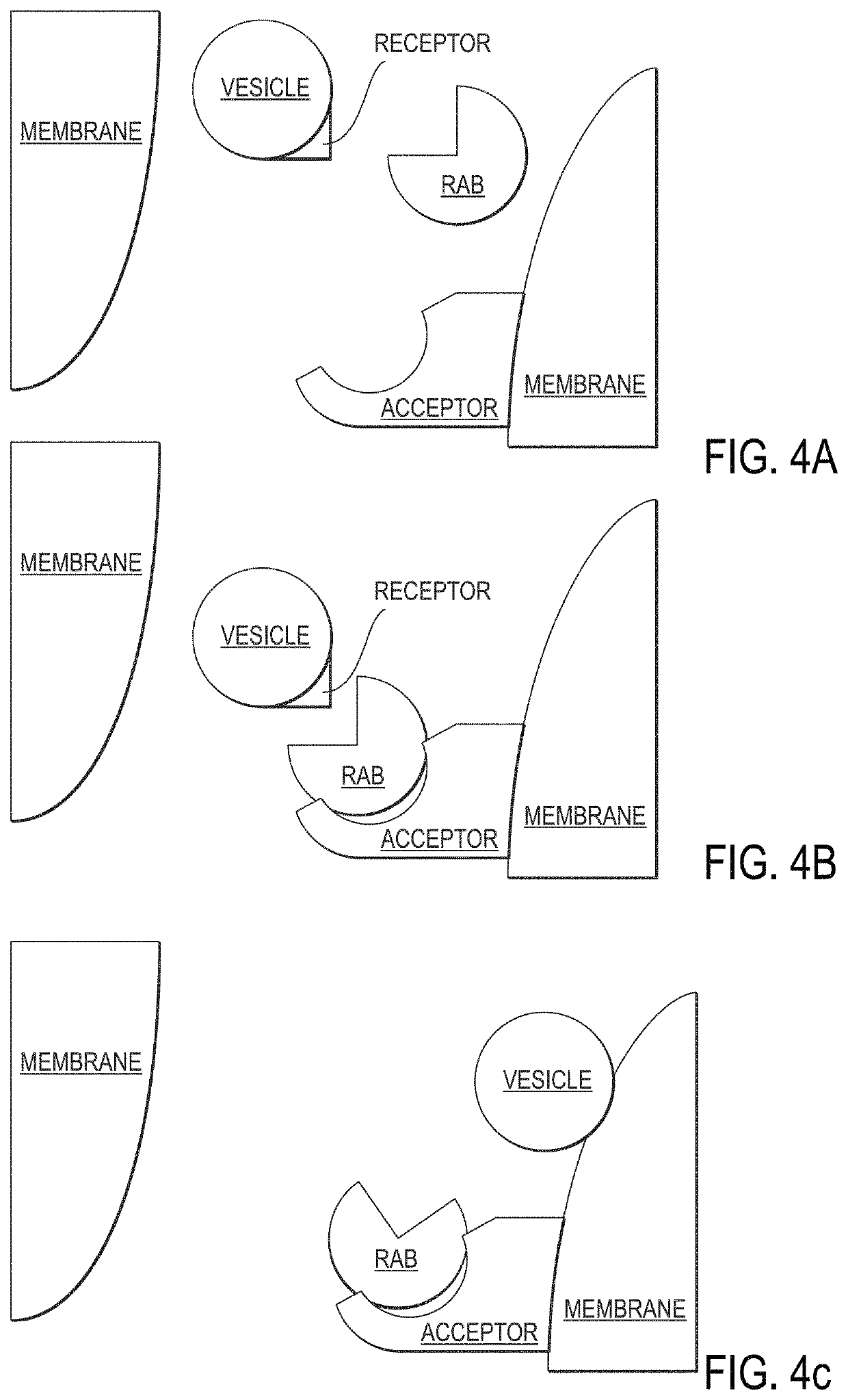Method of treating airway tissue to reduce mucus secretion
a technology of airway tissue and airway lining, which is applied in the field of medical devices and treatments, can solve the problems of overproduction of mucus and/or thicker than usual mucus, overproduction of mucus, and overproduction of mucus, so as to improve pnds and/or uacs symptoms, reduce the absolute number and/or the ability to produce mucus
- Summary
- Abstract
- Description
- Claims
- Application Information
AI Technical Summary
Benefits of technology
Problems solved by technology
Method used
Image
Examples
Embodiment Construction
[0065]The following disclosure provides embodiments of systems and methods for treating PNDS and / or UACS, which may be generally referred to herein as “post-nasal drip” or “PND.” Certain embodiments include methods and devices for reshaping, remodeling, strengthening, and / or changing a property and / or type of tissue of the nose and / or upper airway, including but not limited to the epithelial layer, skin, muscle, mucosa, submucosa, and cartilage in the upper airway. Certain embodiments may be used to decrease or eliminate mucus production in the upper airway. While some embodiments may change a property of a tissue, such as an ability of a tissue to produce mucus, other embodiments may change a tissue from one type to another type. One example of this latter change is changing goblet cells to scar tissue. Various embodiments may be used to reduce movement of mucus, reduce amount of mucus produced, reduce frequency of mucus production, change the mucus viscosity / consistency, and / or ch...
PUM
 Login to View More
Login to View More Abstract
Description
Claims
Application Information
 Login to View More
Login to View More - R&D
- Intellectual Property
- Life Sciences
- Materials
- Tech Scout
- Unparalleled Data Quality
- Higher Quality Content
- 60% Fewer Hallucinations
Browse by: Latest US Patents, China's latest patents, Technical Efficacy Thesaurus, Application Domain, Technology Topic, Popular Technical Reports.
© 2025 PatSnap. All rights reserved.Legal|Privacy policy|Modern Slavery Act Transparency Statement|Sitemap|About US| Contact US: help@patsnap.com



